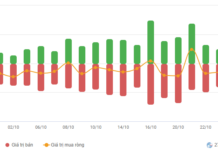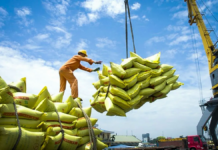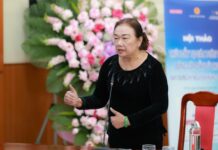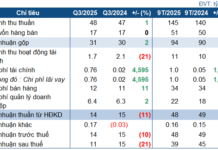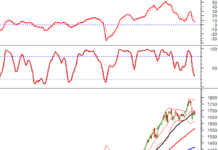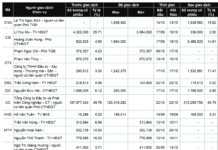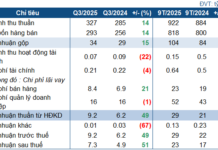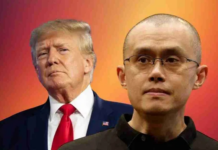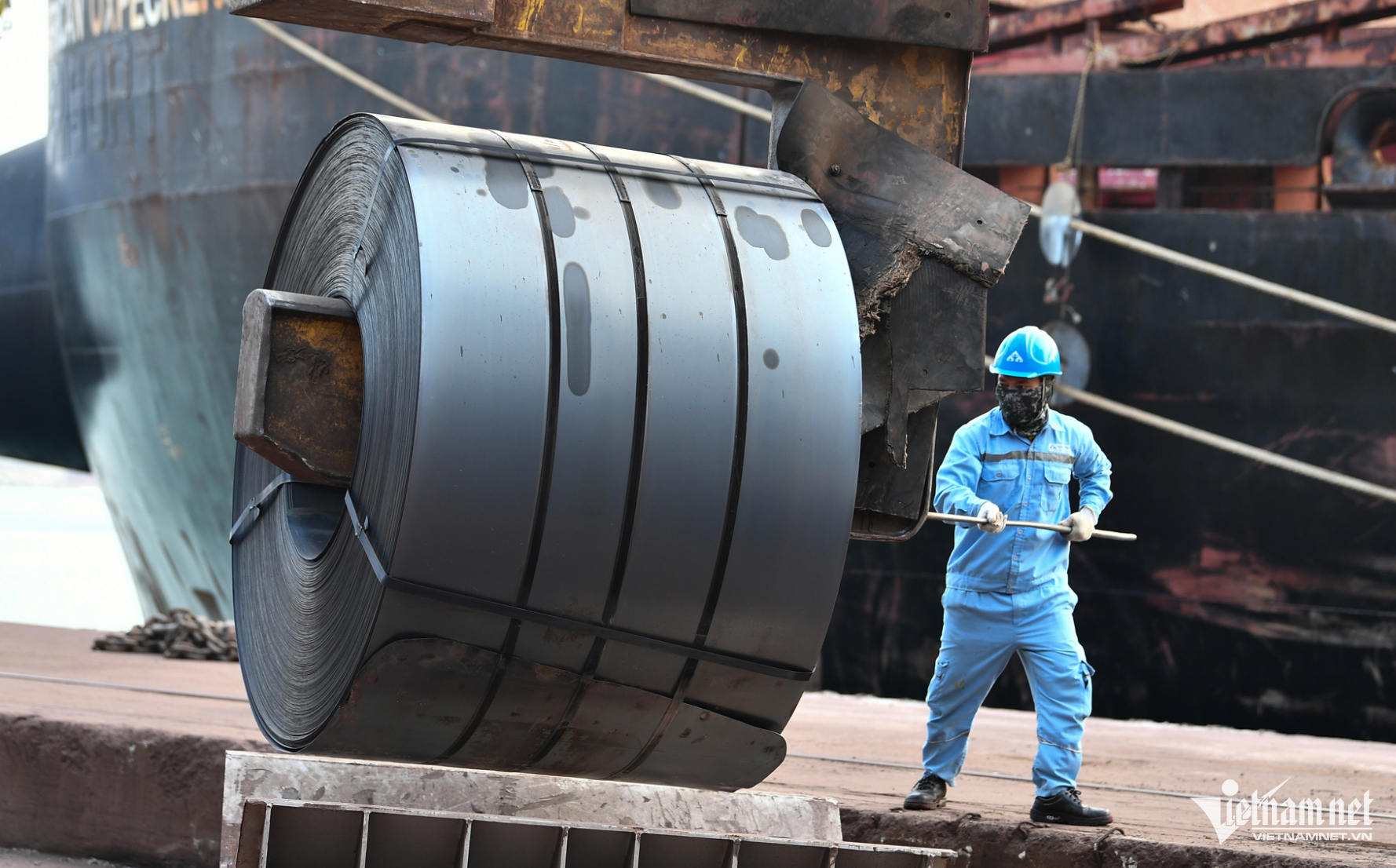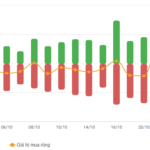Thailand Imposes Anti-Dumping Duties on Chinese Hot-Rolled Steel
In a recent development, Thailand’s Department of Foreign Trade (DFT) has announced an anti-dumping duty of 30.91% on hot-rolled steel coils (HRC) with alloys from China, as reported by Kallanish. This marks an expansion of the anti-dumping measures that the Thai government has been enforcing on hot-rolled steel imports from China.
Prior to this, the DFT initiated an anti-circumvention investigation on hot-rolled alloy steel coils from 17 producers in China starting September 16, 2023. The investigation aims to determine if these products are circumventing existing anti-dumping duties by adding alloys to the hot-rolled steel coils and importing them under different HS codes.
According to the Southeast Asia Iron and Steel Institute (SEAISI), Thailand’s hot-rolled steel coil production reached 2.3 million tons in 2022, meeting 40% of the total domestic consumption demand of 5.4 million tons. However, since 2021, Thailand has been imposing anti-dumping duties on hot-rolled non-alloy steel imports from 18 countries and territories, with a duty rate of 30.91% applied to HRC from China to protect its domestic steel industry.
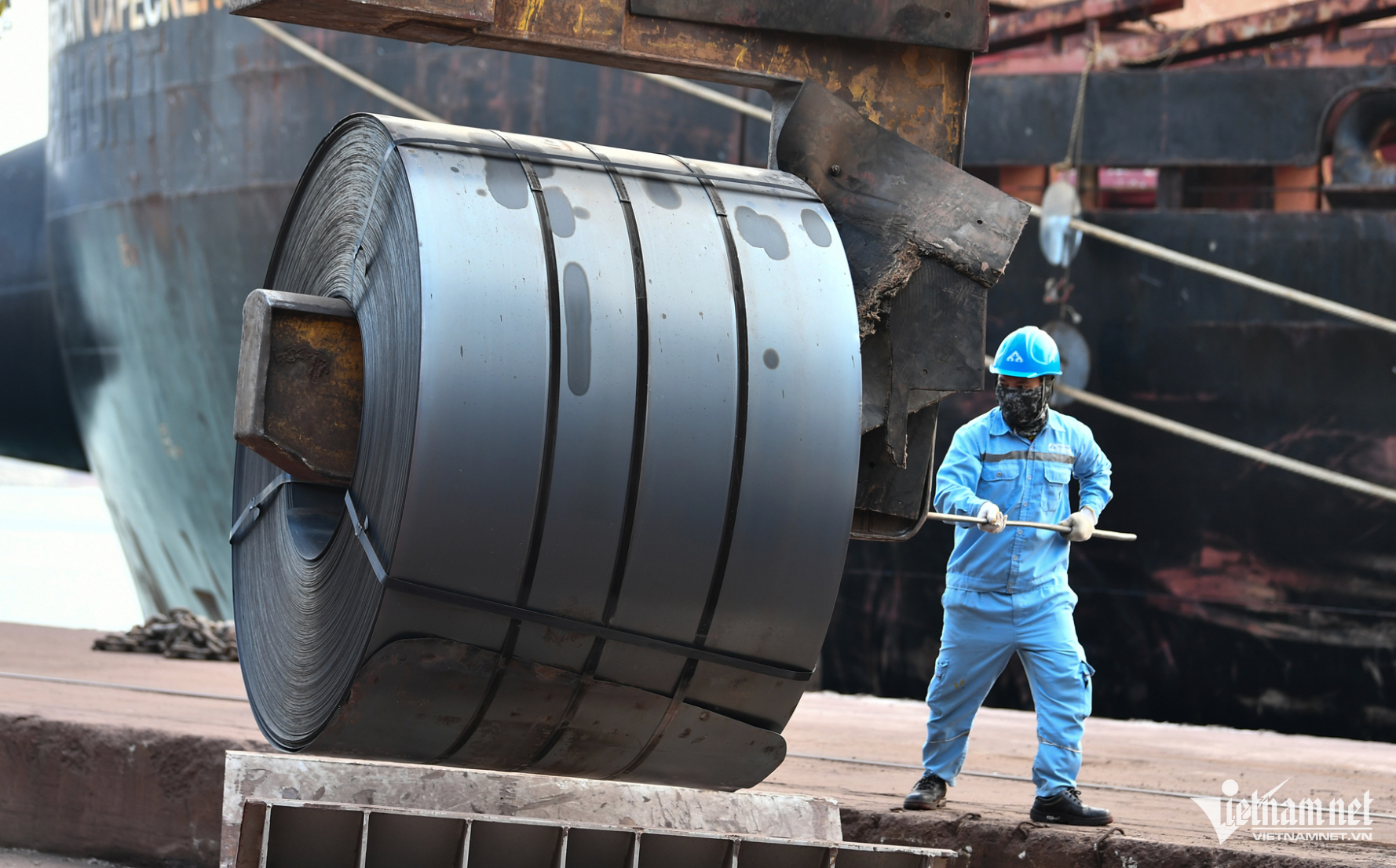
Vietnam’s steel industry faces challenges due to an influx of cheap Chinese imports. Photo: Hoang Ha |
Thailand’s case is not an isolated incident. In recent years, with the reduction of tariff barriers, countries have frequently resorted to trade remedies such as anti-dumping and countervailing duties. Vietnamese exports often face these challenges when entering foreign markets. For instance, in the steel industry, the Trade Remedies Authority of Vietnam (Ministry of Industry and Trade) has received information about a request for an anti-dumping investigation by the European Commission (EC) into hot-rolled non-alloy or alloy steel coils imported from Vietnam.
At a workshop on “Proactively Applying and Responding to Trade Remedies in International Trade” held on August 6 by the Management Board of the WTO Chair Program Phase 3 at the Foreign Trade University, experts also warned about the increasing use of trade remedies by countries to protect their domestic industries from imported goods.
Listing the trends observed in the application of trade remedies, Dr. Hoang Ngoc Thuan, Vice Head of the WTO Chair Program Phase 3, mentioned: “A recent trend is the use of anti-circumvention measures to prevent the evasion of duties. The second trend is the simultaneous application of anti-dumping and countervailing duties.
“The third trend is the targeting of exports from multiple countries when the volume from each individual country is not significant. The fourth trend is the domino effect, where a trade remedy action by one country can trigger similar actions by other importing countries based on the successful case of the first country.
“A fifth trend is the use of special measures, such as the application of Section 232 of the US Trade Expansion Act by the US President since 2018, which allows for immediate tariffs on imports that are deemed to affect national security. As a result, the US has imposed significant tariffs on certain products, disrupting trade flows,” added Dr. Thuan.
Emphasizing the need to protect our domestic production, Mr. To Thai Ninh, Head of the Anti-Dumping and Subsidy Investigation Department, Trade Remedies Authority of Vietnam (Ministry of Industry and Trade), stated: “One of the significant benefits of trade remedies is that they help restore fair and healthy competition. By countering dumping and subsidization practices, we can prevent foreign companies from gaining an unfair advantage over our domestic producers.
These subsidies make their products more competitive in terms of pricing, which negatively impacts our local industries as we struggle to sell our products and face losses in our home market.
“Through the application of trade remedies, we can counter these unfair practices… Annually, the implementation of trade remedies contributes an additional VND 1,500-2,000 billion to the state budget from trade remedy taxes,” said the representative from the Anti-Dumping and Subsidy Investigation Department.
Business Leaders Need to Be Prepared
Mr. Le Sy Giang, Executive Director of GH Consults (GHC), shared his insights: “At its core, trade remedies stem from competition between producers of different countries. When it comes to a ‘battle’ in a market like Vietnam, it’s crucial for business leaders to be prepared to engage in this fight, not just for their own company but for their entire industry. They need to have the right mindset and be ready to go up against foreign companies.
Without that determination, it becomes challenging to navigate this process effectively. It’s not just about a single company but an entire industry, such as the Vietnamese steel industry going up against foreign steel producers. So, the business leaders must be committed to this cause.
Engaging in a trade remedy case is no simple task; it involves complex legal procedures and requires data collection not just from one company but from multiple companies within the industry, which can be time-consuming.
“It’s imperative that the data provided is accurate and submitted in the correct format and within the specified deadlines. Inconsistent or incomplete data makes it difficult to build a strong case. Honesty and transparency are key when it comes to providing data for these cases,” advised Mr. Giang.
Tam An

